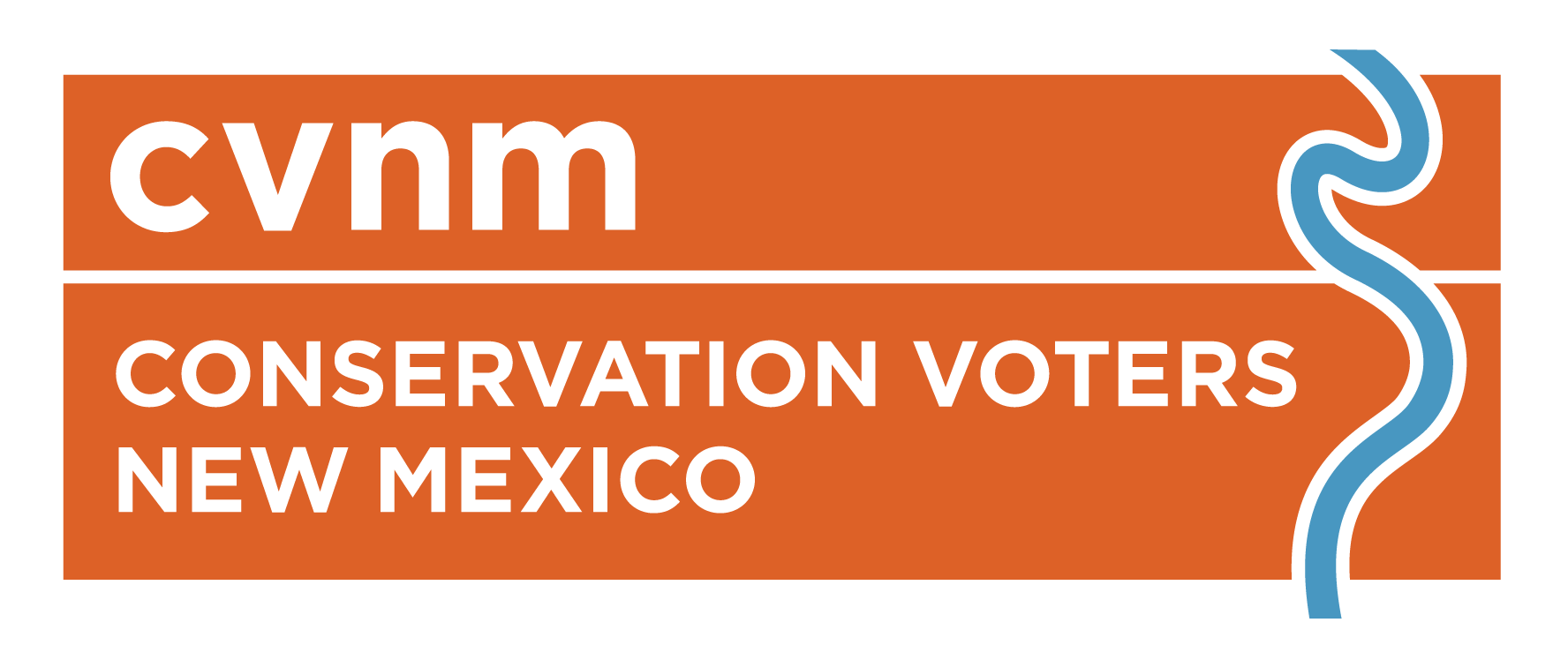New Mexican water systems have suffered for years, unable to keep pace with changing demographics and climate change in the state. These volunteer programs have often languished, needing more funding to address drought, wildfire, and flooding. SB 1 – Regional Water Resiliency Program, sponsored by Senator Peter Wirth (25), Senator Elizabeth Stefanics (39) and Representative Susan Herrera (41) passed during the 2023 legislative session. It provides much-needed relief to these systems – giving communities tools to improve their capacity to tackle various technical, managerial, and financial challenges.
Under SB 1, two or more water associations in New Mexico can create a regional water authority to form economies of scale. It allows them to elect leadership, run water facilities, and generate fee structures. The money made by these programs would go toward sanitation, maintenance, and improving climate resiliency. They can also hire people to meet administrative demands across multiple systems, which is crucial in applying for federal or state money.
Many small water and wastewater systems would be eligible to form a regional water authority. These founding entities could be municipal or county water utilities, water and sanitation districts, water and natural gas associations, water user associations, non-profit corporations, public improvement districts, or mutual domestic water consumer associations.
The range of forms that a regional water authority can take will provide these communities critical flexibility and scalability. As a regional authority grows, it will be able to incorporate more and more systems. The increased capacity will allow communities to purchase equipment, hire staff, and provide materials for long-term projects.
With these new resources, regional authorities will be able to develop drought contingency plans, in many places for the first time, and monitor and assess the health of their aquifers. As New Mexico continues to grow and our demographics continue to shift, this kind of information will be increasingly critical to the health of our waterways and people.

